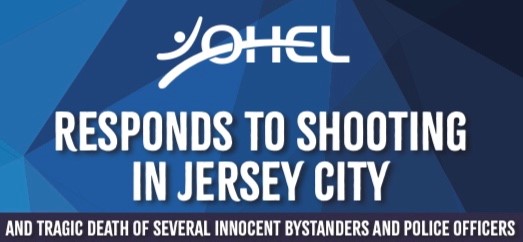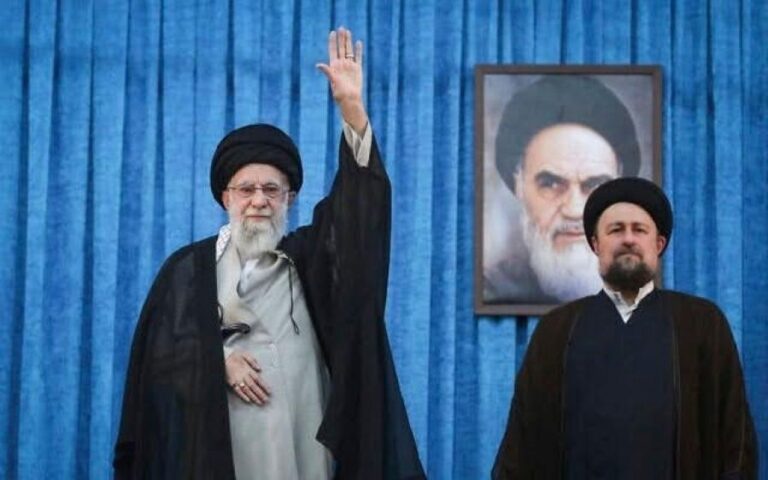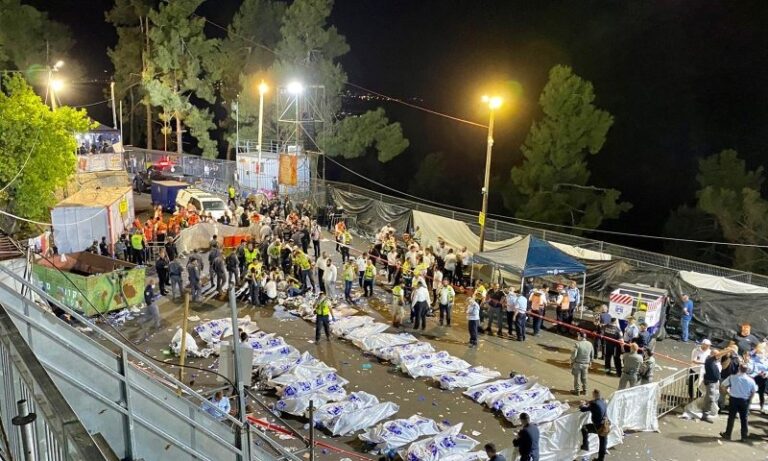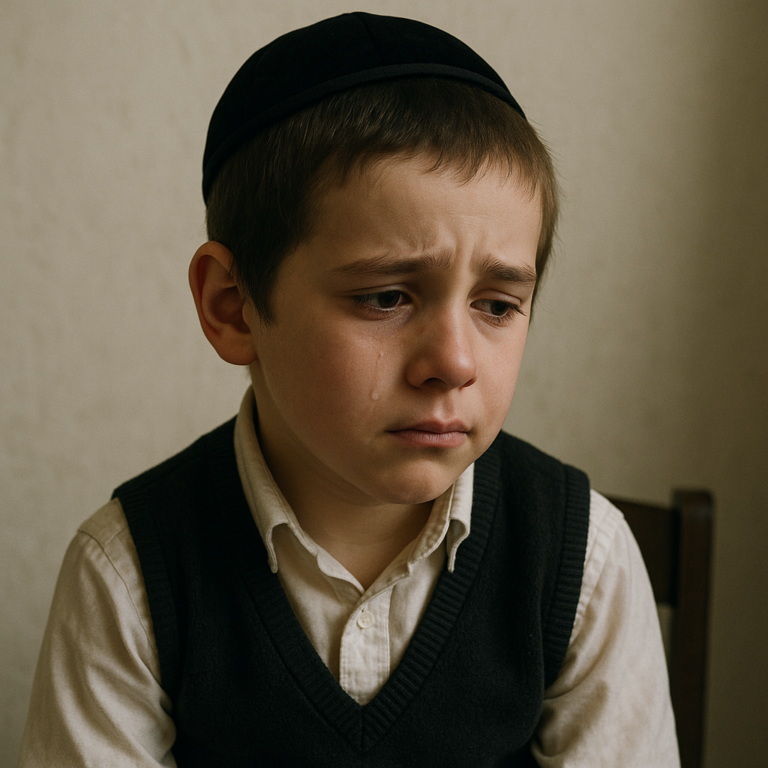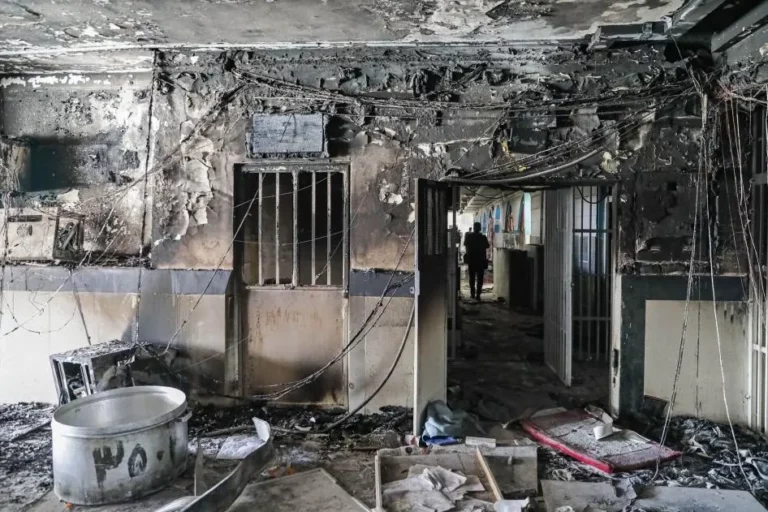OHEL Children’s Home and Family Services
RESPONSE TO SHOOTING IN JERSEY CITY
AND TRAGIC DEATH OF SEVERAL INNOCENT BYSTANDERS AND POLICE OFFICERS
December 11, 2019
Dr. Norman Blumenthal
Director of Trauma and Crisis Response
Many of you may have heard already about the active shooter in Jersey City and the fatalities and injuries that have occurred. While we all join in praying for the speedy recovery of all those who have been injured and comfort for the bereaved families of the victims, these developments are most frightening to our children and need to be processed with them in a manner that is both truthful and therapeutic. The OHEL trauma team has been contacted by members of the community and have mobilized their team to provide timely assistance.
It is in this spirit that the OHEL trauma team is also presenting suggestions for ways in which these developments can be discussed and processed with children of all ages. It goes without saying that there is not “one size fits all” with trauma situations and these recommendations should be tailored to the specific child and his or her circumstances. The OHEL trauma team is also available to address specific concerns.
GENERAL POINTS:
In today’s day and age of rapid dissemination of information, it is important the facts of this horrific event are accurately presented. That does not mean going into minute details but children’s anxiety will rise if they hear one thing from one person and a different version from the other.
A realistic sense of the proximity of this danger should be conveyed. Children not in the immediate area should be assured that there is no current danger posed in their neighborhood.
As they are told the reality of this catastrophe, they should also be reassured that we live in a country that protects its citizens and that the full force of local police are leaving no stone unturned to catch the perpetrators and prevent any further harm.
CHILDREN’S RESPONSES
All or any feelings associated with this calamity should be validated and normalized. Children need to know that this is a truly terrifying event that frightens even adults and can scare even those who are otherwise brave and strong.
If a child has trouble composing him or herself, do not try to rationally argue away their feelings. Either offer them physical expressions of comfort (hugs, caressing) or something meaningful that they can do for the well-being of those who are hurt and the community at large. This can be prayers, charitable acts, learning and the like. A purposeful activity is an important antidote to fear and will make children feel better.
Conversely, please do not be critical or angry at a child whose response seems stoic or uncaring. A casual disregard may be self- protective and children, like adults, differ in their levels of response to charged events.
While it is always hard to generalize, children who may be most at risk to an adverse reaction can include those who already are struggling with anxiety or depression; an individual who had been a victim of assault in the past or has a family member or friend who has; intellectually precocious children who are inclined to question matters deeply; or the more brazen risk taker who may respond with false bravado or even joking when feeling threatened.
AGES OF CHILDREN
Pre -school aged children (under 6) will sense the enormity of this occurrence but have trouble understanding it in a factual way.
They in particular will need assurances that no imminent danger is present. This needs to be conveyed with certainty and assurances evident from not only the adult’s words but his or her non-verbal communication. Paying attention to voice tone, body language and the like is even more important than the content of the words imparted.
Given their more confined life and exposure, children these ages do not understand the concept of something being “rare.” If they ask whether something like this could happen in their immediate vicinity it is probably best to assure them that it won’t.
Very young children are more likely to convey their fright indirectly and through misconduct, physical complaints (e.g. stomach aches), disturbed sleep and the like.
School aged children (6-11) possess a better understand of the realities of this horror in terms of its likelihood and confinement to a particular locale. They can be accurately told that such random violence is rare.
It would be typical for children this age to focus on the facts surrounding these events and even being intrigued by the adventure of police officers pursuing an assailant. Please don’t see such interest and foci as a reflection of callousness since it is a hallmark of these ages. You answer these questions accurately and succinctly
School age children may be more prone to see such violence as purposely targeted against Jews or other persecuted groups. To the best of our knowledge the fact that a Jewish and African American neighborhood was the site of this violence was not the intent of the alleged assailants and children this age in particular may need to know that.
Adolescents are even more capable of understanding this developing news story in an accurate context.
Adolescents are more cognitively capable of accurately imagining themselves in someone else’s situation. They would probably more personally resonate with the tragic component of these events in terms of the bereaved families, victims’ pain, their families’ trauma as well as the horror and fright of those on the scene.
Adolescents are most prone to question justice or the unfairness of innocent people experiencing such unthinkable tragedy. It is more than adequate to validate their struggle as universal and inexplicable, allowing them to right to ask these questions.
THE DURATION OF TRAUMA
Everyone affected should be aware that trauma can emerge and subside repeatedly over time. Someone could be relatively less impacted now and have terrifying recollections at a later date.
The first responders can also experience what is called “secondary trauma” that may emerge at a later point once the immediate crisis has subsided.
The OHEL crisis team in conjunction with local agencies are available for any further questions or clarification. Please feel free to contact us at 1-800-603-OHEL or [email protected]

